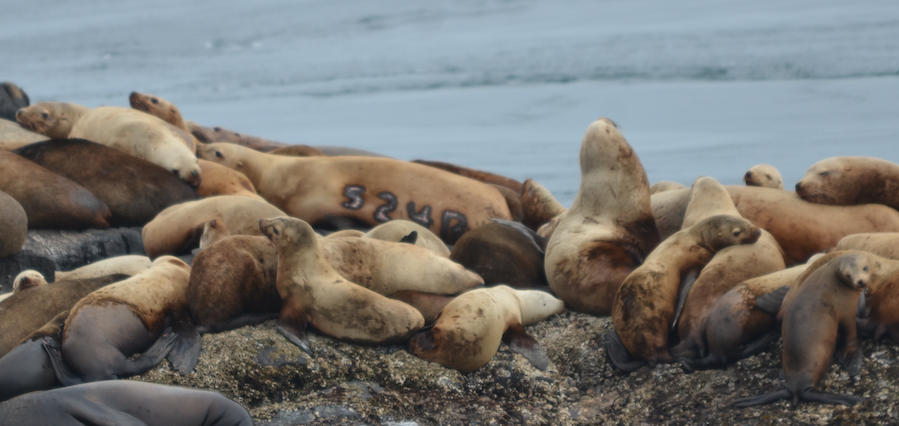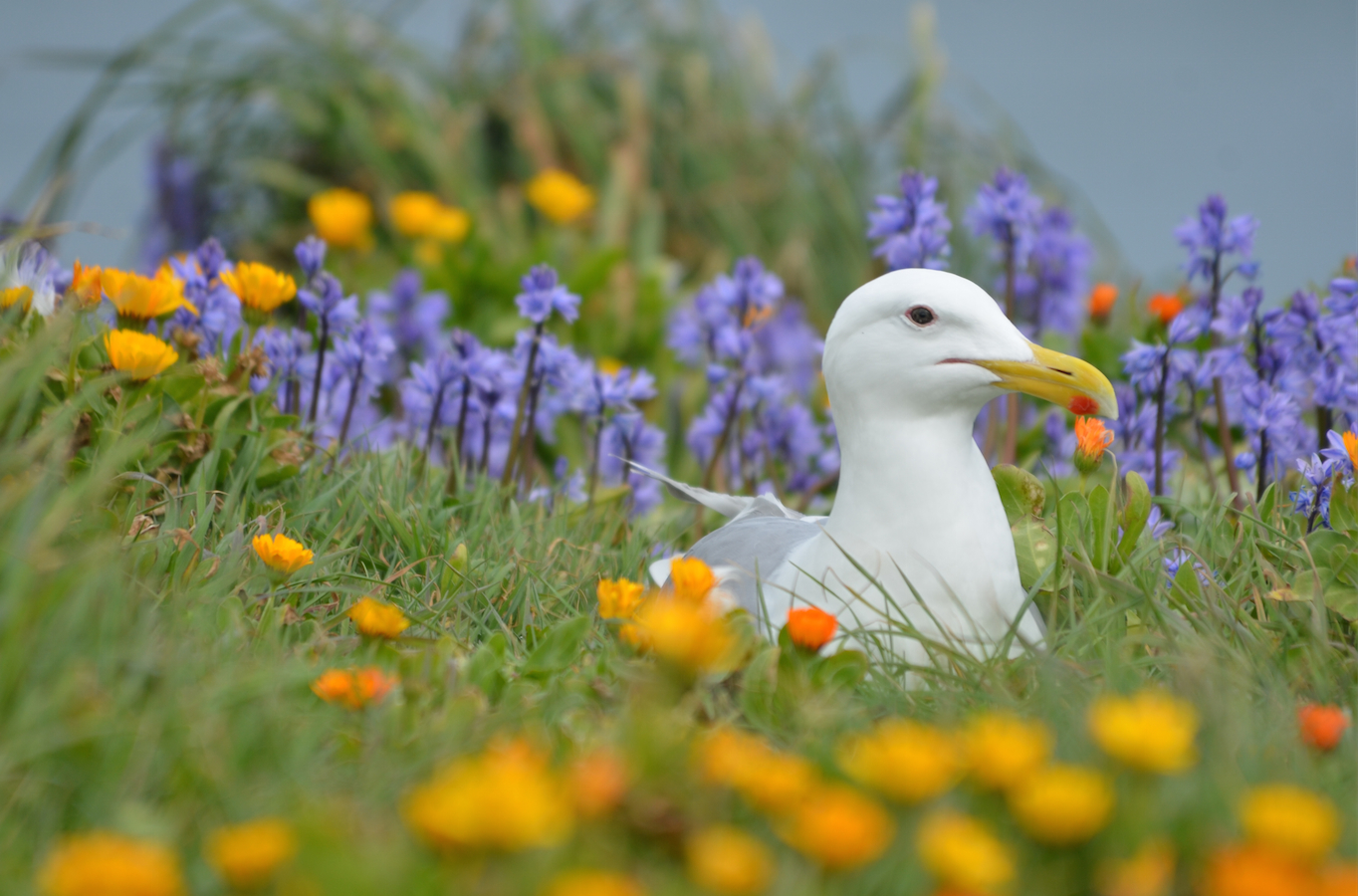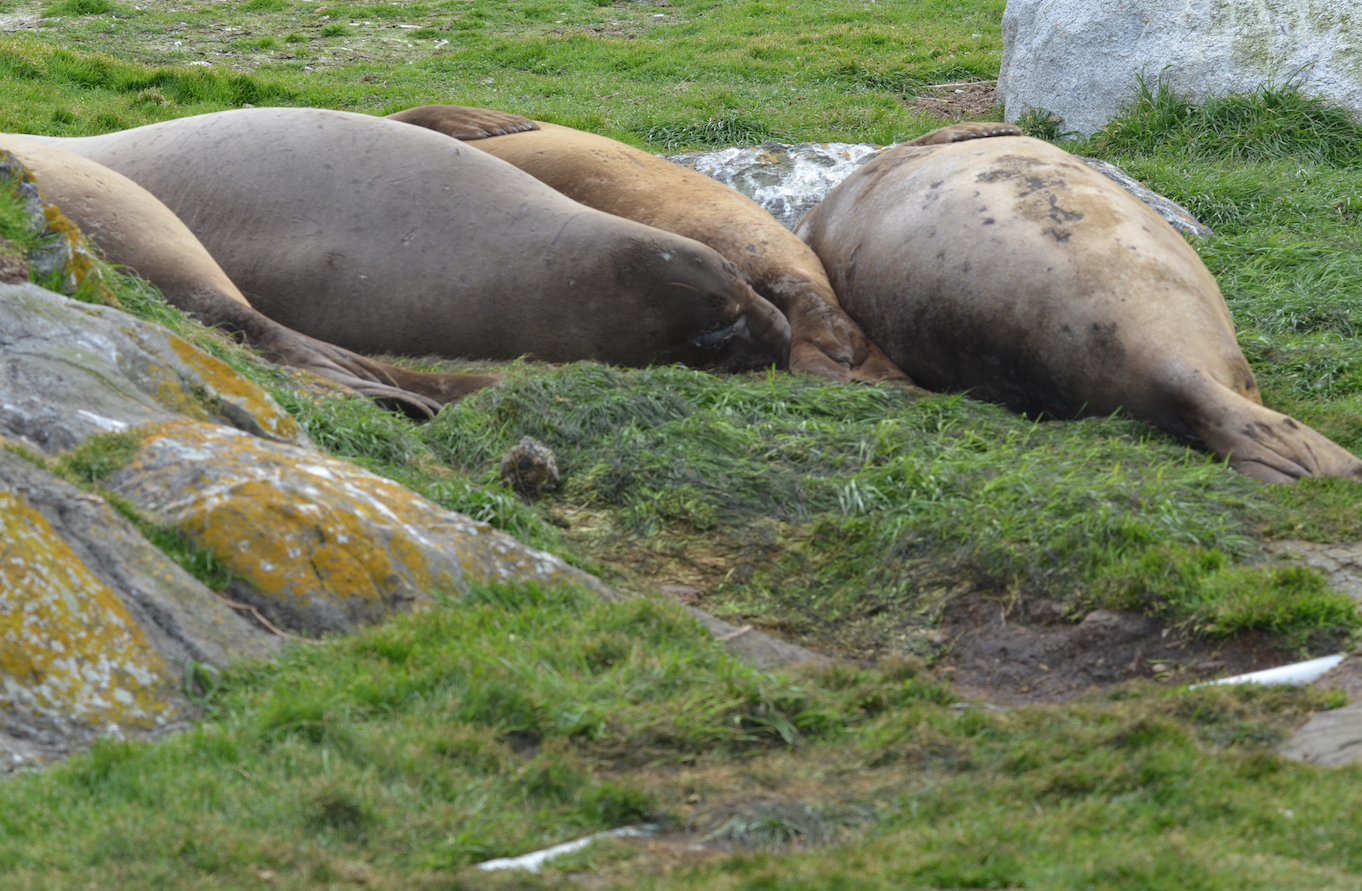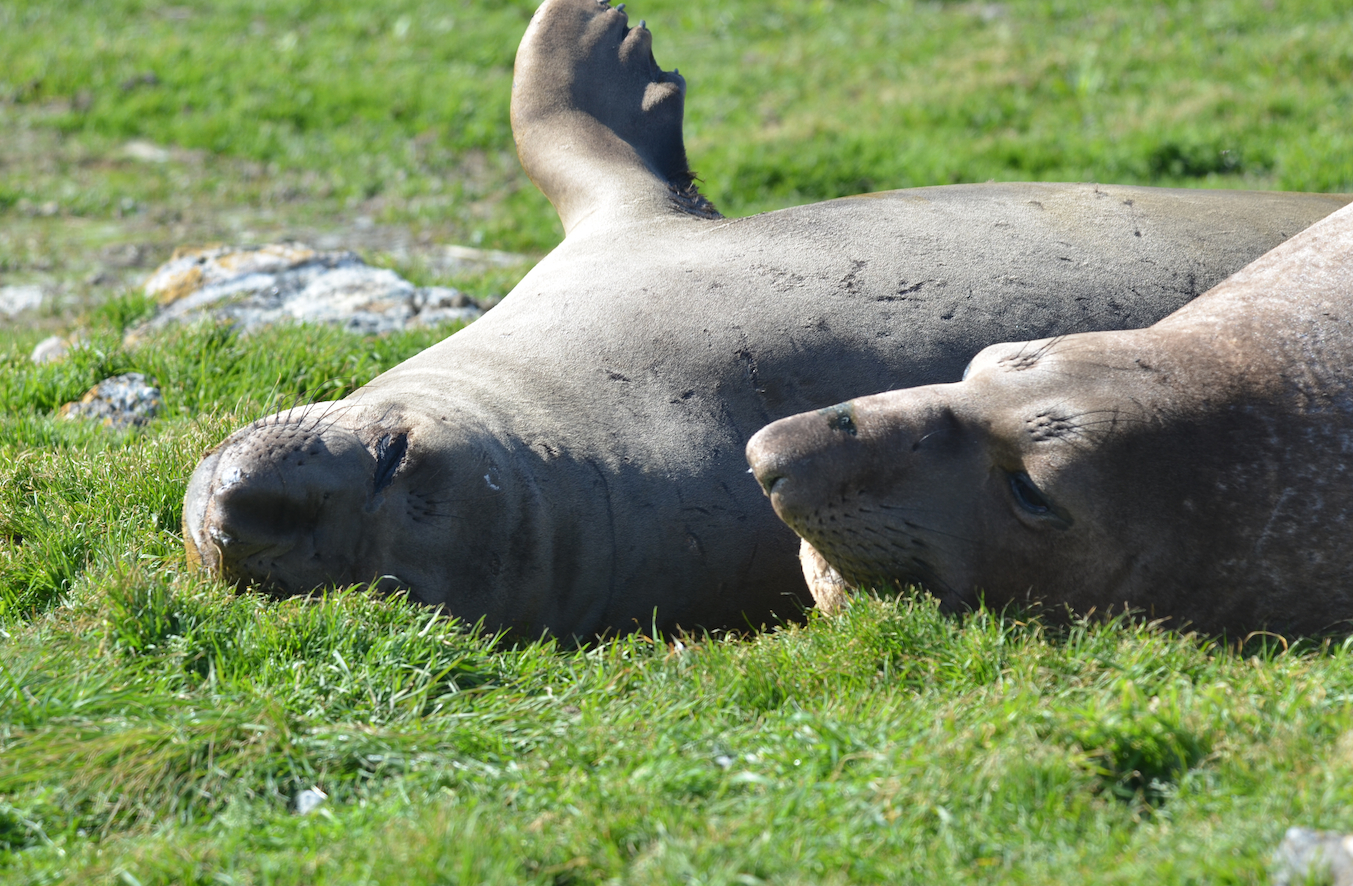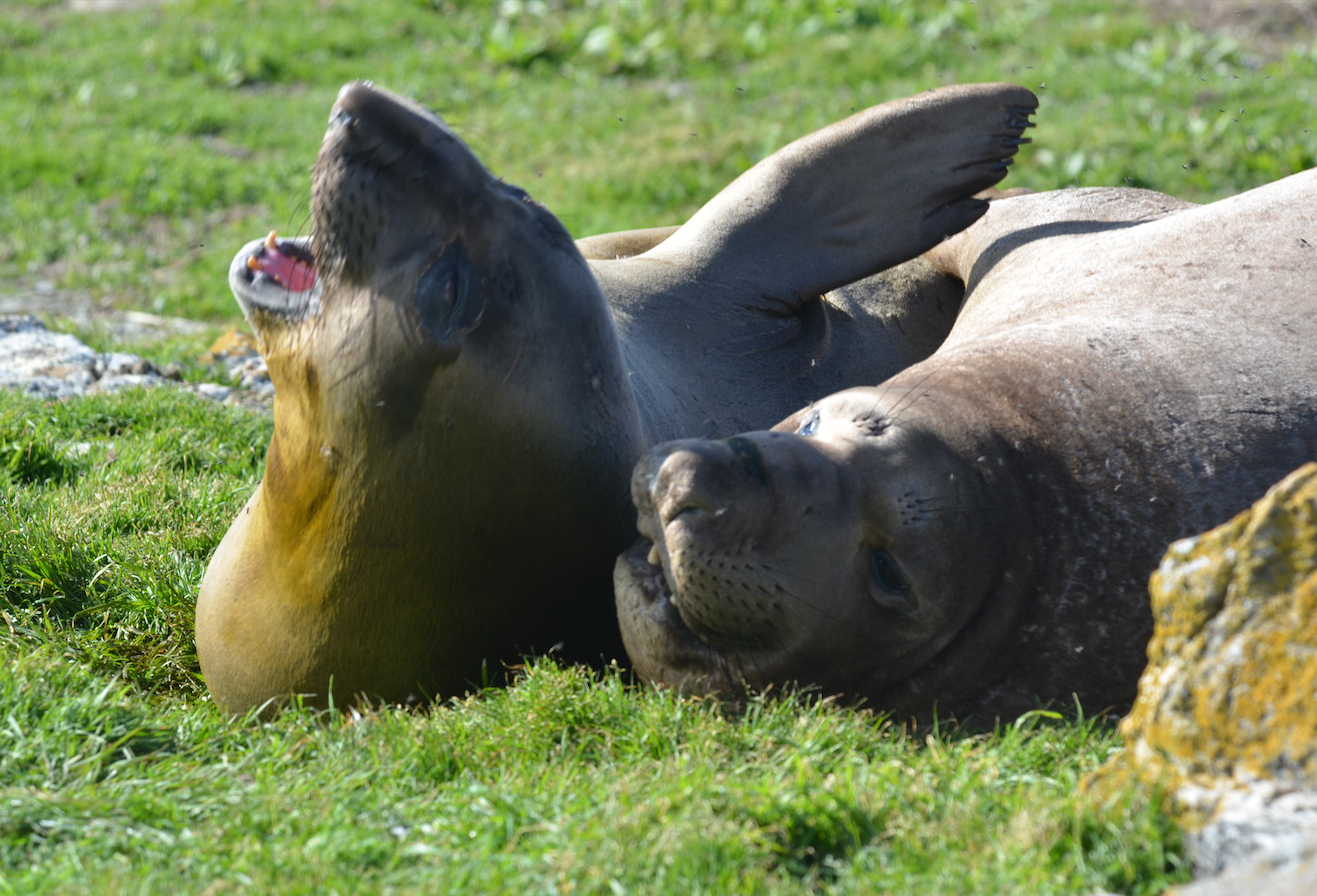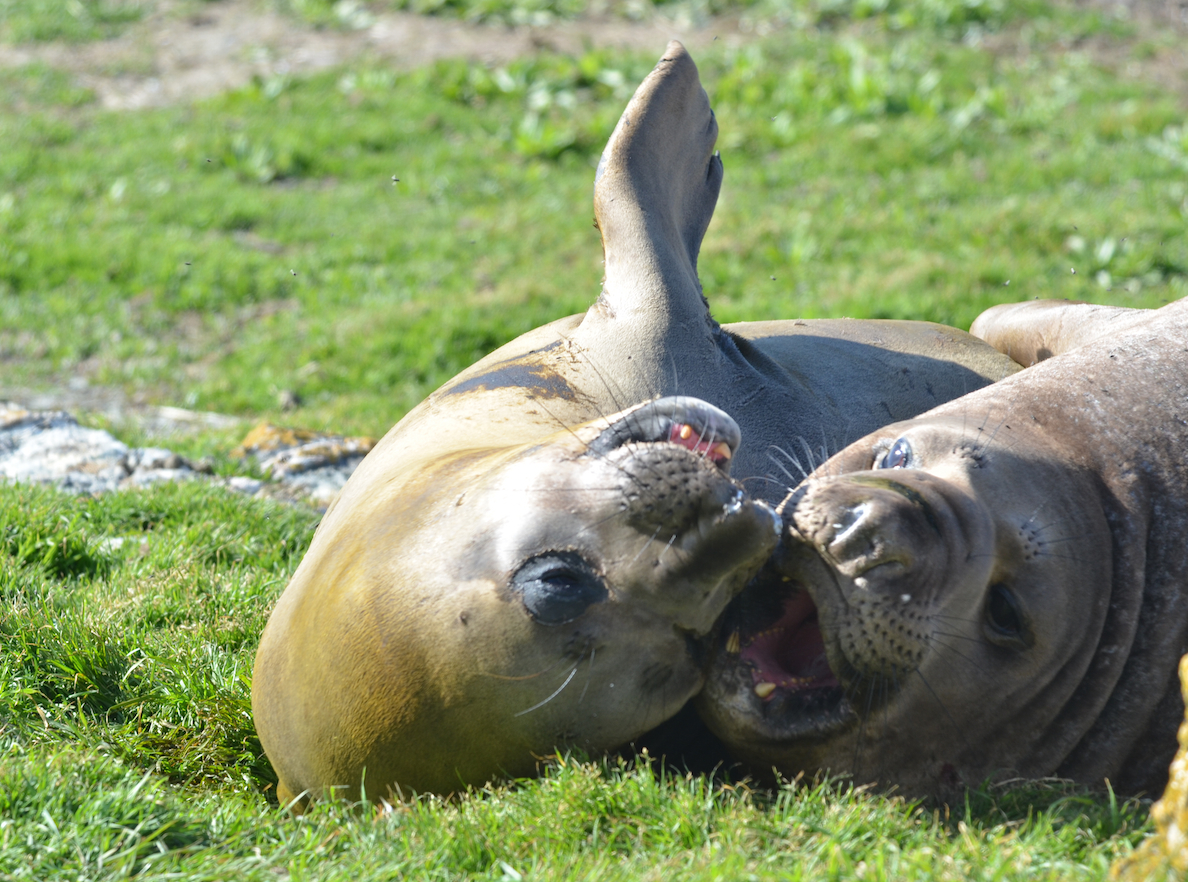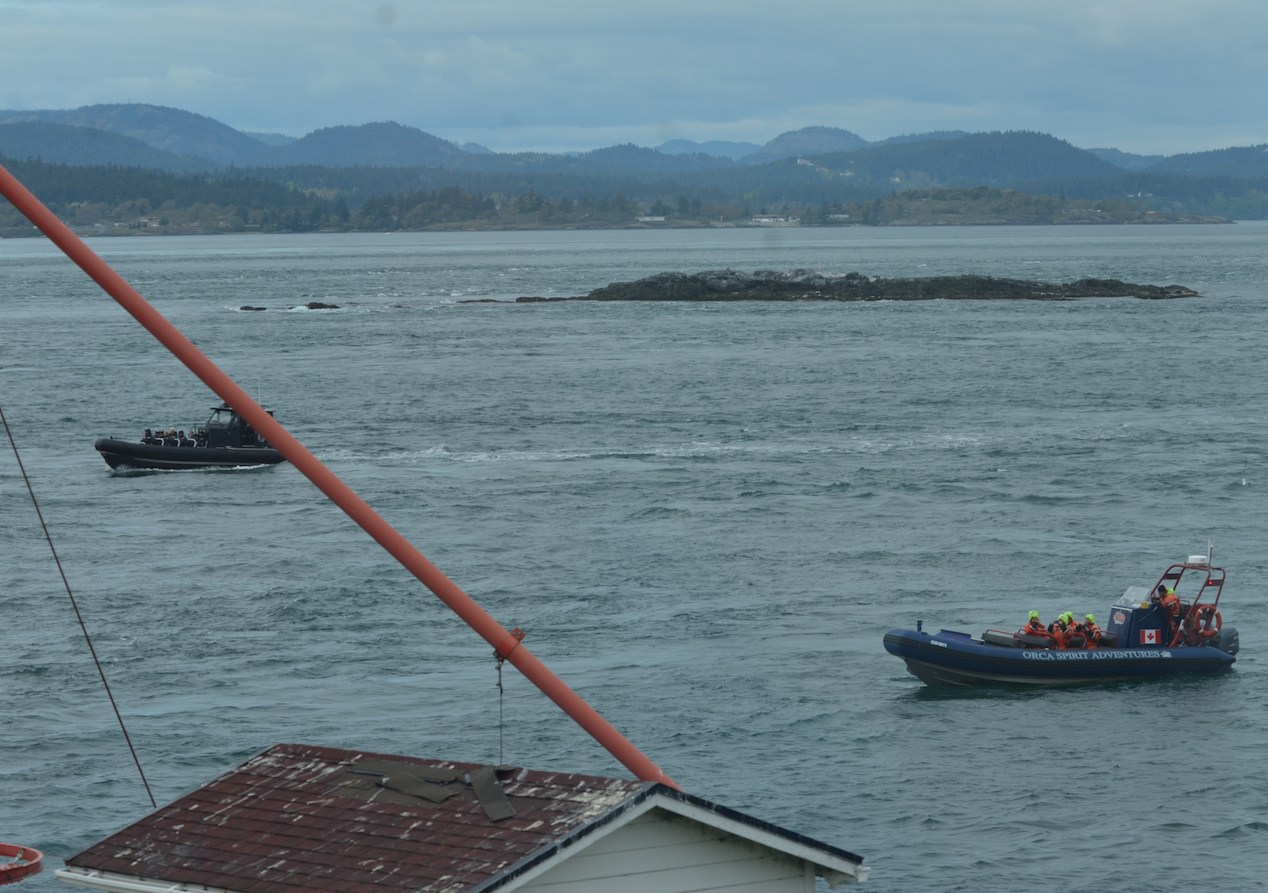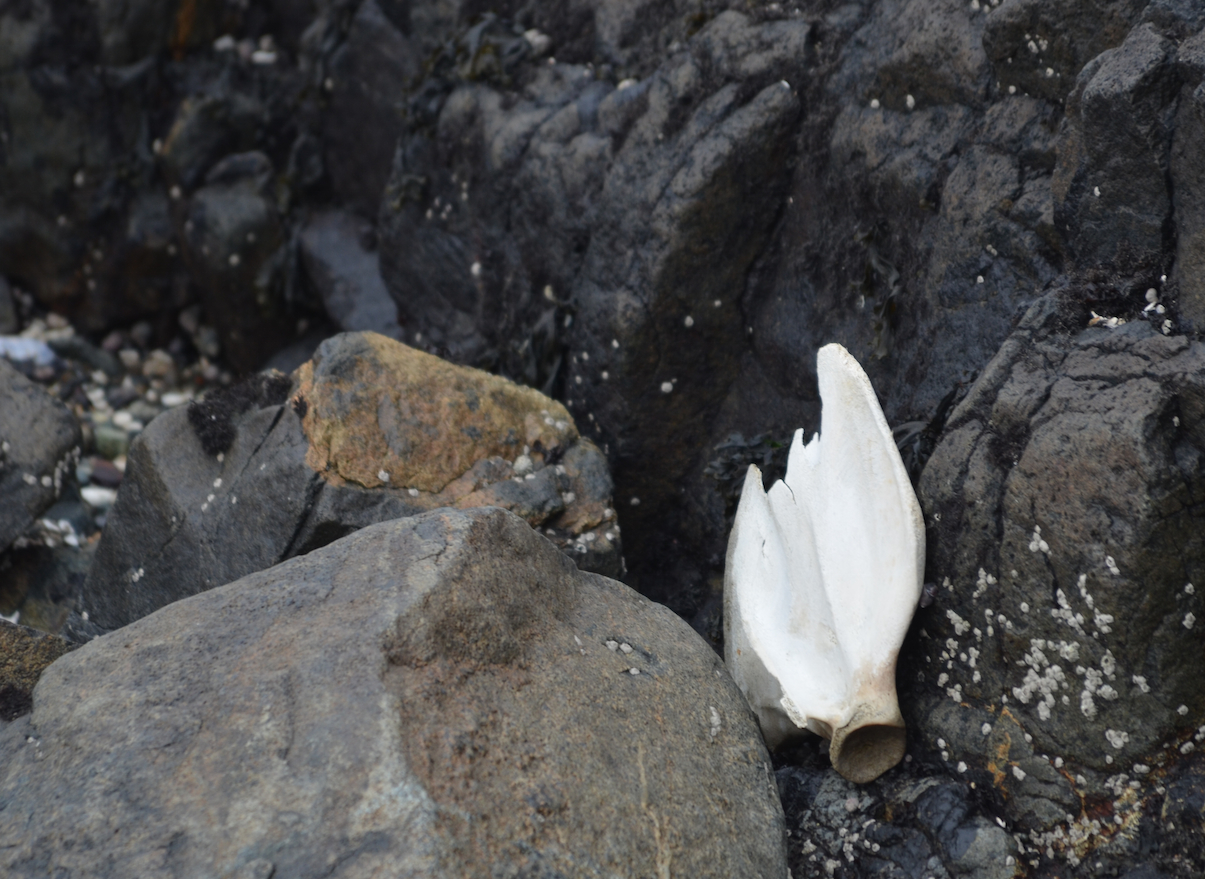Weather and Sea Conditions
West winds blew 10 – 20 knots all day, under overcast skies, with brief periods of sunshine. Barometric pressure rose, but not significantly, staying at around 1010 hPa and then it started to drop, by evening. Marine forecasts call for a continuation of west winds until Tuesday afternoon when it is supposed to back to southeast and then back more, to east by Wednesday. In the short term, chances of showers are highest on Tuesday, (60%). Sea conditions were a little gnarly today due to wind on top of currents generated by big tidal cycles, right now. Generally there was a light chop near shore and it was rough in places out in the Strait.
Vessel Observations
Six whale watching vessels were observed working in the protected area today – end of commentary. It is worth mentioning in light of my previous, daily comments on tour boat operations within the protected area, that the Pacific Whale Watching Association has industry guidelines for operating in the Race Rocks Ecological Reserve and Rockfish Conservation Area. Canada’s Laws, Regulations and Guidelines also apply. The Association also has a scientific advisory board made up of well-respected American and Canadian scientists. Most, but not all whale-watching vessels that operate at Race Rocks are members of the Association. The guidelines can be found here: http://pacificwhalewatchassociation.org/guidelines
These are the Pacific Whale Watching Association’s guidelines specific to Race Rocks :
RACE ROCKS SPECIAL OPERATING AREA
1. “Go Slow Zone” = 1/8 mile (220 yards) from any rock or landmass around Race Rocks.
2. Vessels will slow on their approach to Race Rocks such that speed at 1/8 mile (220 yards) from any rock or landmass is reduced to approx… 7 knots (minimal wake and wash, relative to the condition of the seas state at the particular time).
3. Vessels in the Go Slow Zone will remain as close to mid-channel as is practicable between the major rock outcroppings known as Great Race, North Race Rock, West Race Rock, and Helicopter Rock.
4. While in the Go Slow Zone vessels will transit the area with the current whenever conditions are suitable to do so. Drifting is encouraged relative to other boat traffic and where safe navigation is not compromised.
5. Vessels exiting the area may increase speed gradually outside the Go Slow Zone.
6. Vessels will remain 1/8 mile (220 yards) outside the Go Slow Zone whenever any whale species are present in the Race Rocks Reserve (Go Slow Zone).
Ecological and General Observations
Spring progresses. Geese and oystercatchers are laying eggs. Gulls, geese, oystercatcher and guillemots are mating. Elephant seals are moulting, starting on the face around the eyes, chin and mouth and of course sleeping. They also spend a lot of time socializing. Seaweed is growing and the plankton is full of barnacle moults, which means that they are growing too, which means there is plankton for them to eat. The grass is longer than last year but that won’t last, now that the geese are so determined.
- Steller’s Sea Lion branded with 534R is still here. Spotted today on South Rocks.
- Who said Glaucous-winged Gulls are not beautiful?
- Field of deep sea dreams.
- Young male (right) and young female getting cozy on the lawn.
- If expressions could speak words.
- Carousing elephant seals.
- Whale watching vessels operating in the protected area.
- I thought this was a broken kayak paddle at first glimpse. Actually a sea lion scapula.

